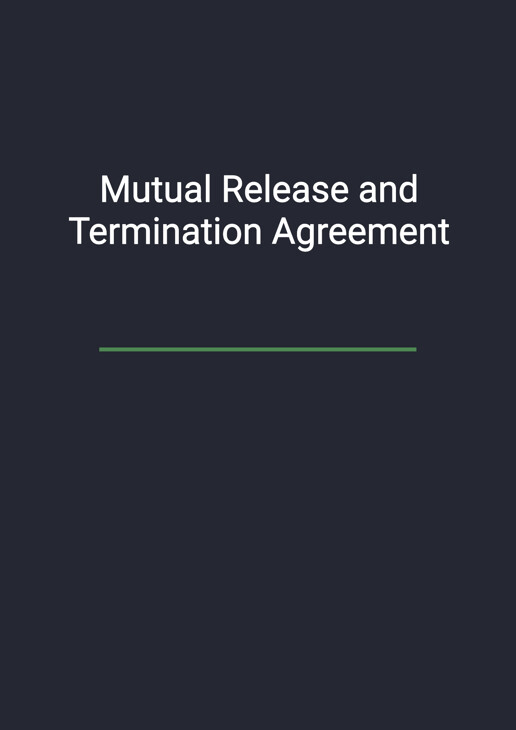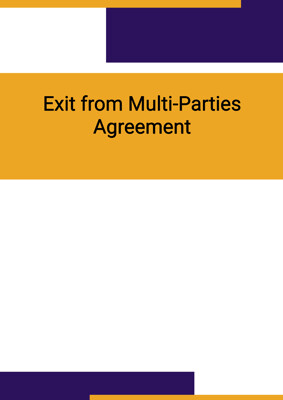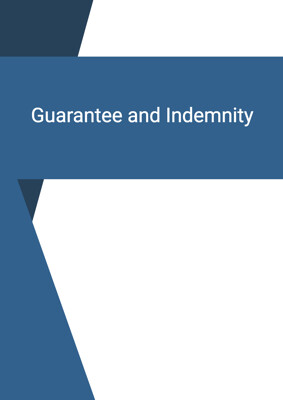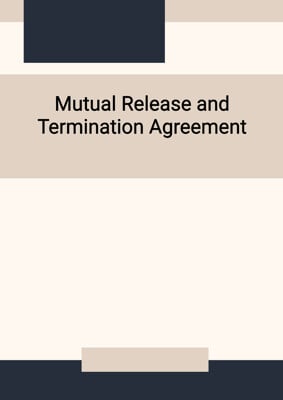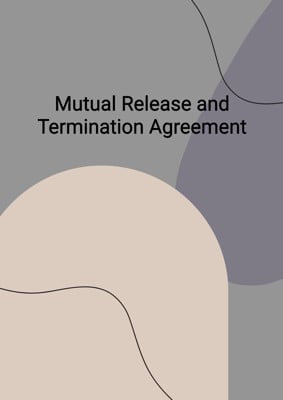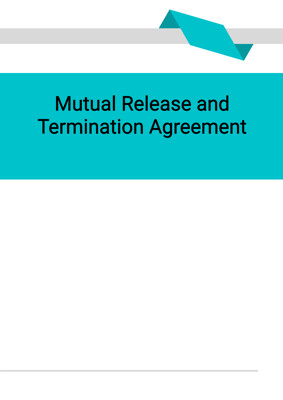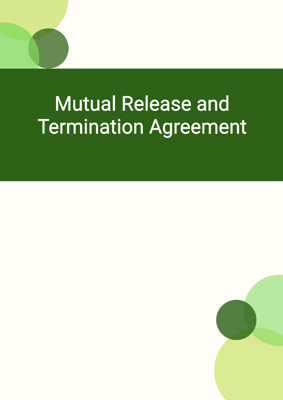How to Tailor the Document for Your Need?
01
Create Document
Fill in the details of the parties. You can click the "Fill with Member’s Information" button to complete it with information saved to your account.
02
Fill Information
Please fill in any additional information by following the step-by-step guide on the left hand side of the preview document and click the "Next" button.
03
Get Document
When you are done, click the "Get Document" button and you can download the document in Word or PDF format.
04
Review Document
Please get all parties to review the document carefully and make any final modifications to ensure that the details are correct before signing the document.
Document Preview
Document Description
The Mutual Release and Termination Agreement is a legal document that outlines the termination of an existing agreement between multiple parties. This document is important as it serves to formally end the obligations and liabilities of the parties involved in the terminated agreement. The agreement begins with a brief introduction, stating the names and principal places of business of each party. It then states that the parties have entered into an agreement, which they now wish to terminate.
The first section of the agreement, titled 'Termination,' outlines the mutual undertakings of the parties. It states that the parties agree to terminate the agreement and any amendments to it. It also specifies that the parties release and discharge each other from all obligations under the agreement, including any claims and demands. Additionally, it states that each party's accrued liabilities and obligations under the agreement will also be discharged.
The second section, titled 'Effect of Termination,' explains the consequences of the termination. It states that as of the termination date, none of the parties or their affiliates will have any liability or obligation to each other under the agreement.
The third section, titled 'Further Assurance,' emphasizes that each party agrees to perform any further acts and execute any necessary documents to implement and give effect to the termination agreement.
The fourth section, titled 'Counterparts,' clarifies that the termination agreement can be executed in multiple counterparts, with each counterpart being an original but all together constituting one instrument.
The fifth section, titled 'No Third Parties Rights Under Agreements,' specifies that individuals who are not parties to the termination agreement or the original agreement have no right to enforce its terms.
The final section, titled 'Governing Law,' states that the termination agreement and the relationship between the parties will be governed by and interpreted in accordance with the jurisdiction state law. The agreement concludes with the signatures of the duly authorized representatives of each party.
In summary, the Mutual Release and Termination Agreement is a crucial document that formally terminates an existing agreement between multiple parties. It releases the parties from their obligations and liabilities under the agreement and ensures that they have no further liability or obligation to each other.
How to use this document?
To use the Mutual Release and Termination Agreement, follow these steps:
1. Review the agreement: Read through the entire agreement to understand its purpose and implications.
2. Identify the parties: Fill in the names and principal places of business of each party in the designated sections.
3. Termination: Agree to terminate the existing agreement by signing and dating the termination agreement.
4. Release and discharge: Acknowledge that all obligations, claims, and demands under the original agreement are released and discharged.
5. Effect of termination: Understand that as of the termination date, none of the parties or their affiliates will have any liability or obligation to each other under the agreement.
6. Further assurance: Be prepared to perform any necessary acts and execute additional documents to implement and give effect to the termination agreement.
7. Counterparts: Understand that the termination agreement can be executed in multiple counterparts, with each counterpart being an original.
8. No third parties rights: Recognize that individuals who are not parties to the termination agreement or the original agreement have no right to enforce its terms.
9. Governing law: Understand that the termination agreement and the relationship between the parties will be governed by the jurisdiction state law.
10. Signatures: Sign the termination agreement with the duly authorized representatives of each party.
By following these steps, you can effectively use the Mutual Release and Termination Agreement to terminate an existing agreement and release parties from their obligations and liabilities.
